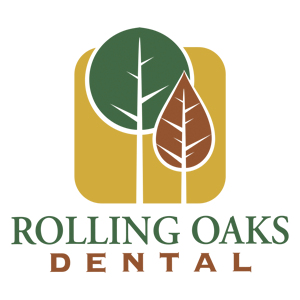Wisdom teeth, also known as third molars, are the last set of teeth to emerge, usually between the ages of 17 and 25. While some people never face issues with their wisdom teeth, others may experience complications necessitating their removal. Understanding the reasons for removal and the subsequent aftercare is crucial for a smooth recovery.
At Rolling Oaks Dental, we emphasize the importance of proactive dental care, advocating for wisdom teeth removal as a preventative measure and a crucial step toward maintaining a healthy, vibrant smile.
Here’s a comprehensive guide to inform and prepare you for what to expect.
Reasons for Removing Wisdom Teeth
Impaction and Pain:
Wisdom teeth often become impacted due to a lack of space in the jaw. This can lead to pain, swelling, and discomfort as the teeth struggle to break through the gum line.
Infection and Gum Disease
Partially erupted wisdom teeth can create pockets where bacteria thrive, leading to infection, gum disease, or even decay in adjacent teeth due to difficulty in cleaning.
Preventive Measures
In some cases, even if wisdom teeth aren’t currently causing issues, dentists might recommend removal as a preventive measure against potential future problems.
Aftercare Post Wisdom Teeth Removal
Recovery typically takes a few days to a week. Following your dentist or oral surgeon’s aftercare instructions is key to a quick and smooth recovery. Here are some general aftercare tips:
Rest and Recovery
Take it easy for the first 24-48 hours. Avoid strenuous activities that could increase bleeding or swelling.
Pain Management
Follow your dentist’s instructions for painkillers. If the pain persists or worsens, contact our office.
Swelling and Bruising
Apply ice packs to your cheeks for the first 24 hours to reduce swelling. Bruising may also occur but will fade away in a few days.
[call]
Oral Hygiene
Keep your mouth clean to prevent infection. Starting 24 hours after the surgery, gently rinse your mouth with salt water several times a day. Avoid brushing directly on the extraction site for the first few days.
Eating Habits
For the first few days, stick to soft, easy-to-chew foods. Avoid hot, spicy, or hard foods that could irritate the extraction site. Stay hydrated, but avoid using a straw, as the suction can dislodge the blood clot protecting the wound.
Avoid Tobacco and Alcohol
Smoking and drinking can hinder the healing process and increase the risk of complications.
Follow-Up Appointments
Make sure to keep all your scheduled follow-up appointments with your dentist or oral surgeon to guarantee proper healing and to discuss any concerns.
Making the Wisest Choice
Understanding the reasons behind wisdom teeth removal and following proper aftercare can ensure a smoother recovery process. If you’re considering wisdom tooth removal or have concerns about your dental health, Rolling Oaks Dental in Garden Ridge, Texas, offers various convenient services to help you maintain your best smile. Call [phone] today to schedule your appointment and discuss your options.





